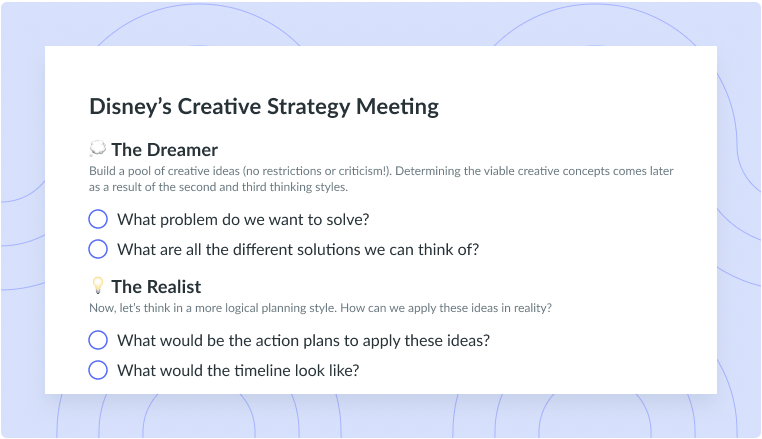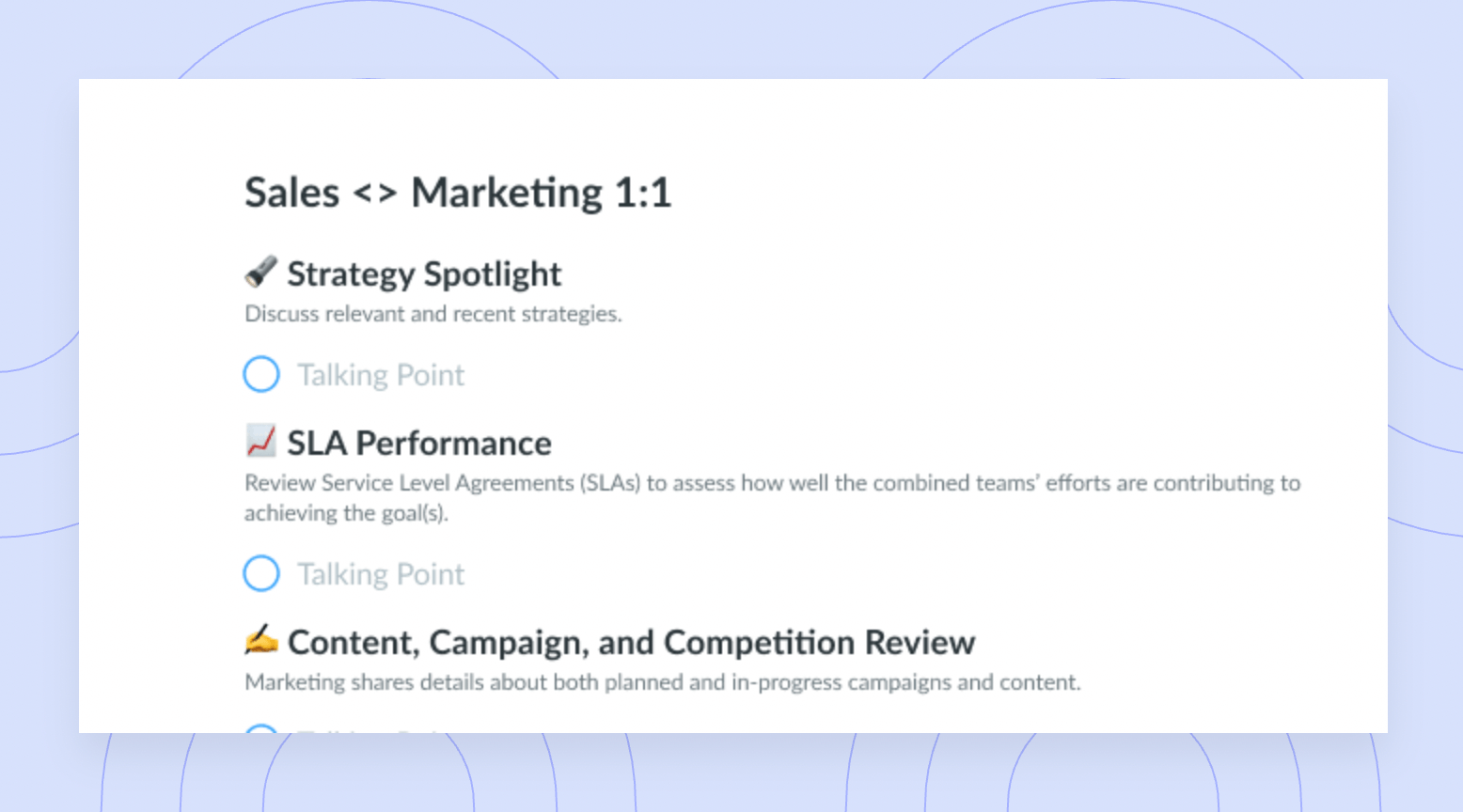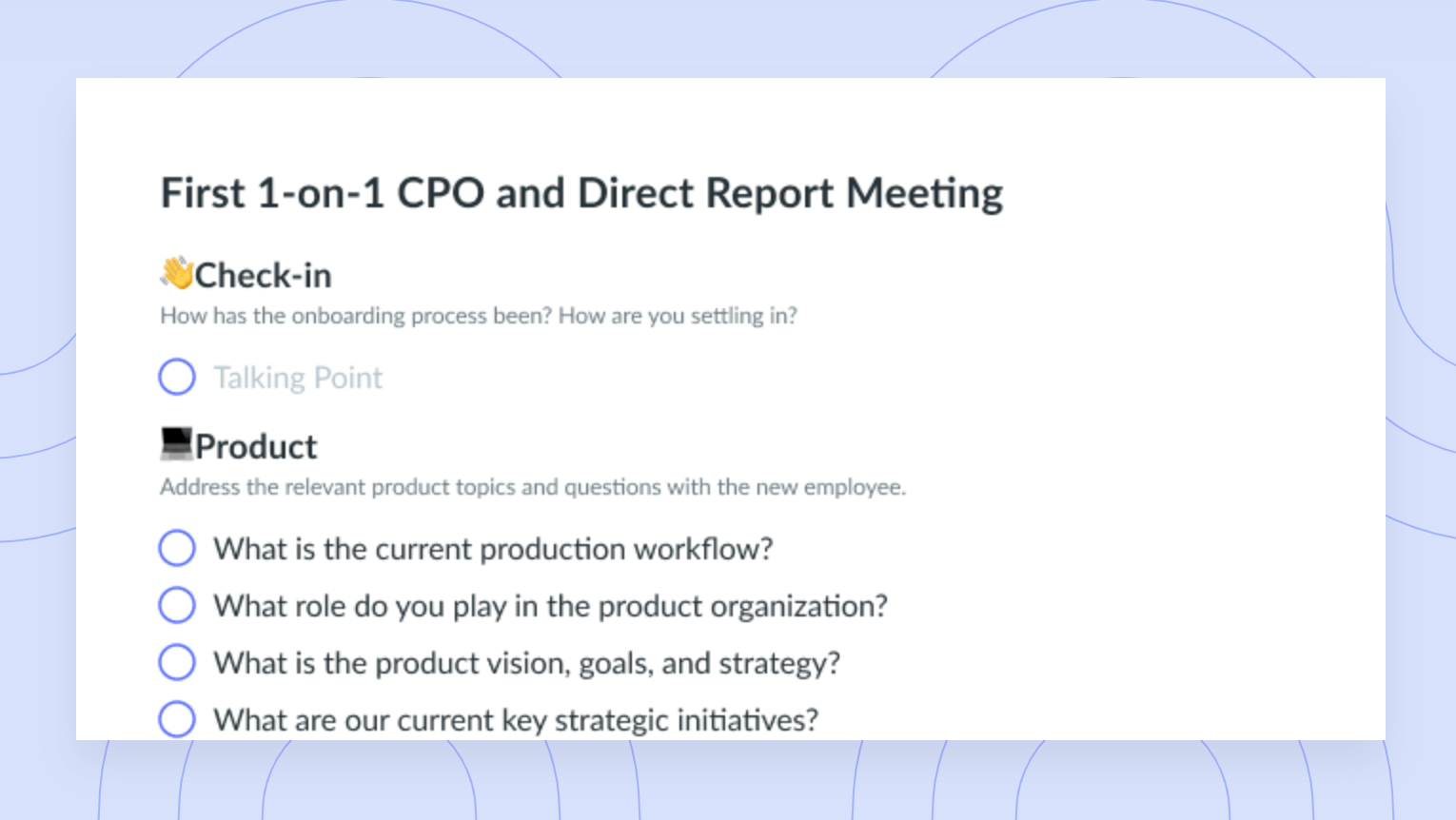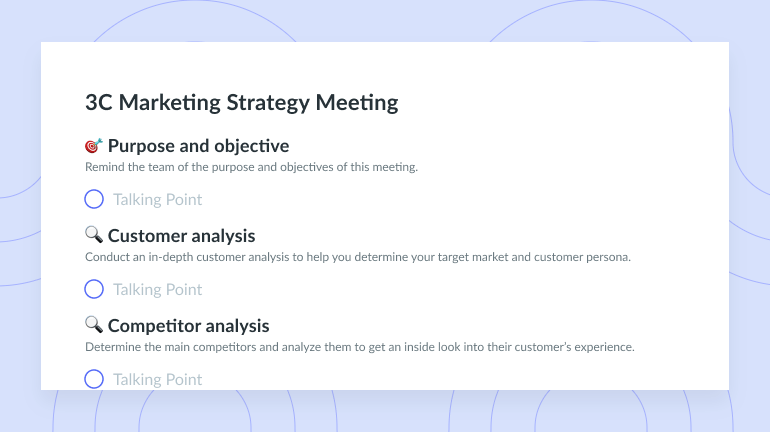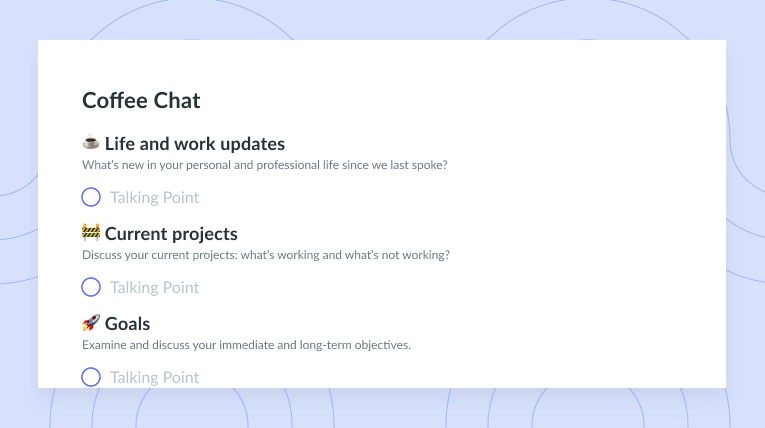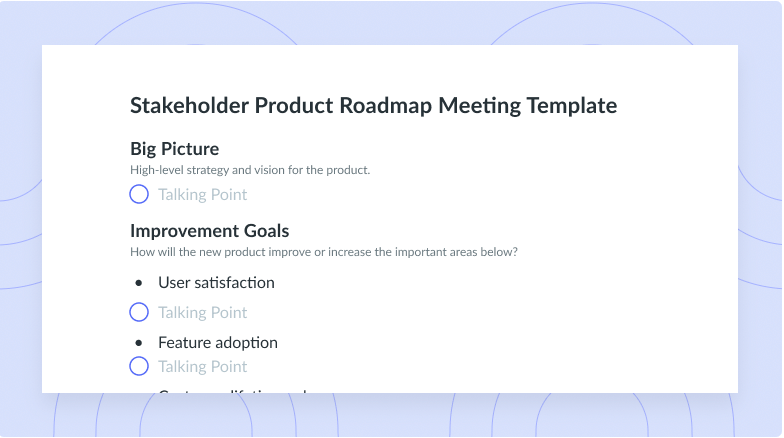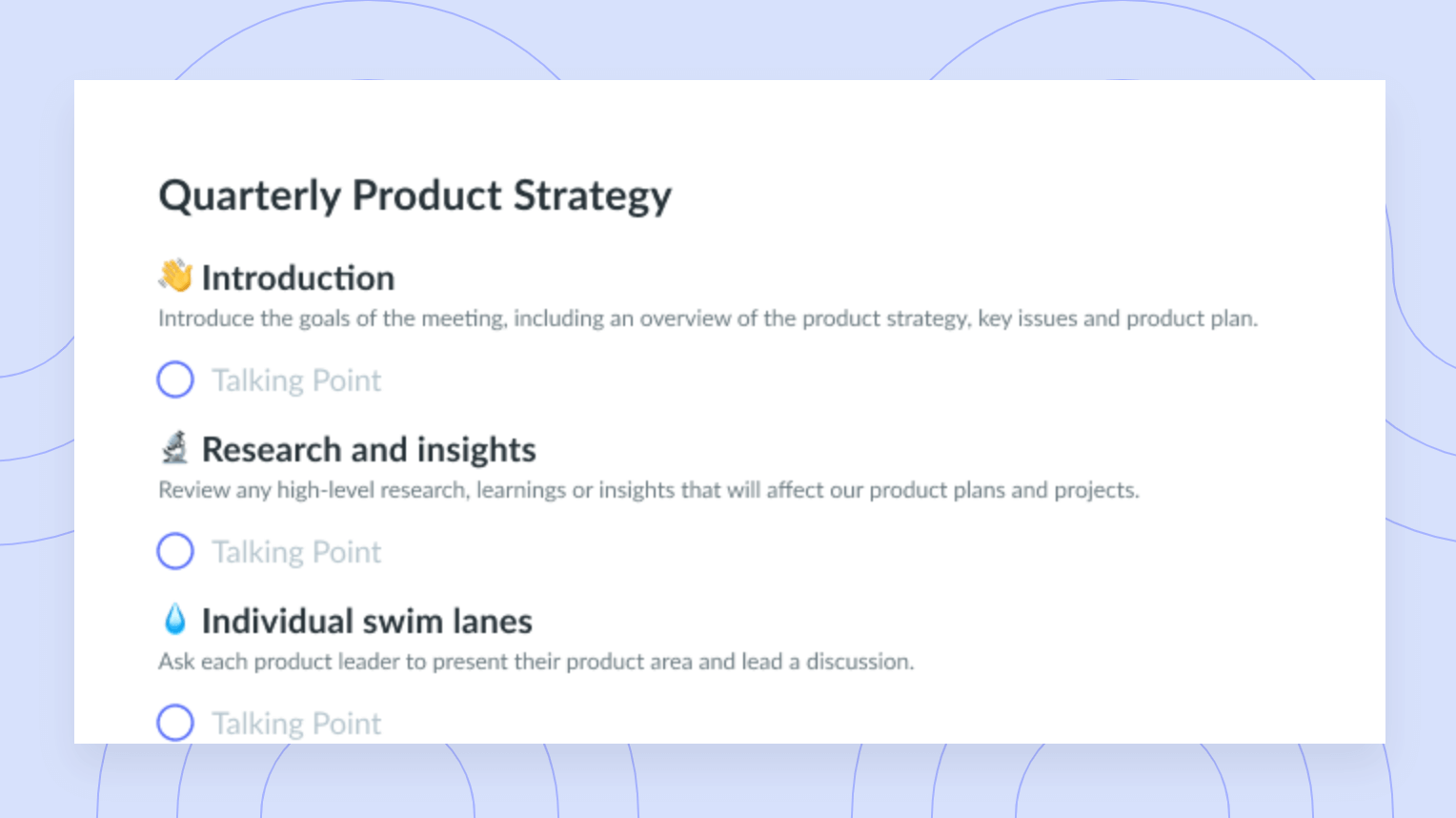Organizational Strategy: What It Is and How to Build One
Help your business thrive by implementing a strategy that supports your long-term goals.
Growing your business may seem like an uphill battle when you’re in the planning stages. It can feel overwhelming to find a path to success that works for you, especially if you’re receiving conflicting advice from different resources. In business, there’s no one path to success, and hitting roadblocks along the way will always be a part of the journey. For this reason, it’s important to ensure you have a plan that maps the route to victory and aims to keep morale high during challenging times.
You can start building your roadmap by creating an organizational strategy that helps you identify your objectives and sets you up for success.
- What is organizational strategy?
- Why is organizational strategy important?
- How to build your organizational strategy
- Key features to consider
What is organizational strategy?
An organizational strategy is a long term business plan that helps you work towards meaningful goals. Whether you’re the owner of a large organization that employs hundreds of workers or a small-business owner, this type of strategy will help you realize your company’s vision and goals.
Let’s say you’ve recently opened a new coffee shop in your neighbourhood. An organizational strategy should help guide your earliest business decisions so they align with what you’re aiming to achieve during the business formation stages. For example, if your long-term goal is to expand your coffee shop operations to neighboring communities within two years, your organizational strategy should break down the necessary steps to achieve this objective.

Break it down
Align your stakeholders by having your strategy clearly outlined and broken down into smaller actionable steps in one place. Use a tool like Fellow!
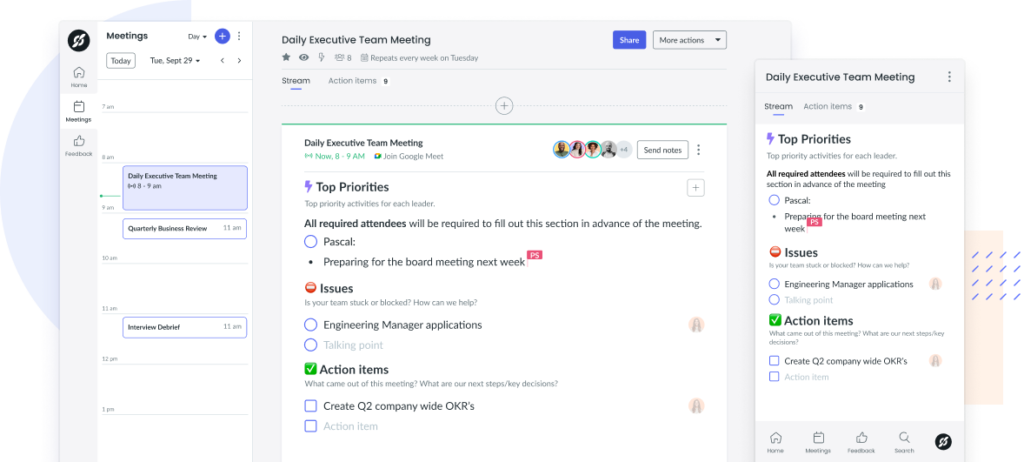
Why is organizational strategy important?
- Creates a direction and vision
- Sets priorities
- Makes decision making clearer
- Creates alignment between teams and departments
- Fosters adaptation
- Creates a competitive edge
- Makes the company stand out
- Creates positive work relationships
- Brings attention to unproductive problem solving
1 Creates a direction and vision
You can’t open a coffee shop or lead a team without your why. An organizational strategy should cover everything from your company’s identity to its mission. Ask yourself the following questions: how will you get the word out to customers so they’ll want to come through the door or click onto your website? How will you mobilize your team to build long-standing relationships with clients? Where is your business now and where do you want it to be in one year? Taking a step back to recognize your intention is a step in the right direction. Create a vision statement with which all members of your organization can identify and make it worthwhile by implementing it into your everyday operations.
2 Sets priorities
Maybe you’ve operated a consulting practice for the past five years and want to scale-up your business by attracting new customers overseas. If your company has been feeling stagnant recently, it’s time to set some priorities. Look at the big picture: if you’re hoping to expand your operations to international markets but your only current focus is domestic customers, prioritize finding ways to level-up your outreach in target areas. This may seem overwhelming, but you can use objectives and key results to set realistic goals and create a system that works for your company.
3 Makes decision making clearer
Simply put, making decisions is hard. This is especially true when they involve large groups of individuals with varying opinions. Combat decision-making fatigue by having a clear direction. You’ll require less input overall when everyone is on the same page and working towards the same goals. For the moments when your organizational strategy isn’t enough, explore the most effective group decision techniques to collaborate productively with your team.
4 Creates alignment between teams and departments
Do you sometimes feel like certain departments are siloed from other teams within the company? Foster greater collaboration by creating an organizational strategy that allows all teams to feel connected in their work, no matter how different their roles may be. While you’re at it, check out our 15 tips to create and improve team alignment.
5 Fosters adaptation
Say it with us: adaptability is key. If you can adjust to changes in your environment with ease and learn new skills in response to new circumstances, congratulations, you’re an adaptable leader! Take it a step further by adapting your workflow to better suit your new goals and to function more effectively at work. Challenge your teammates to learn behaviours and implement new systems that will help the company work towards targets outlined in the organizational strategy. Remember to provide guidance and support throughout the process.
6 Creates a competitive edge
There may be another coffee shop down the street that serves equally tasty lattes, but are they working to align their daily tasks and projects with their objectives and mission? Didn’t think so. Your values should define who your organization is. As they funnel down to your outward-facing business operations, customers or clients will take notice. Before you know it, the lofty goal hanging on your vision board (the one you once thought was a pipe dream) will translate to real, tangible results that’ll have your competition wondering how you did it.
7 Makes the company stand out
We can all name a handful of companies whose brands are so recognizable that almost anyone you know could identify their slogan and logo without fail. You probably also have a few companies to which you’re loyal because you associate their brand with positive business practices. Work to become this type of company for others by committing yourself to your organizational strategy. When you combine the high-quality nature of your services or products with your stakeholders’ excellent experience with your organization, you build brand loyalty.
8 Creates positive work relationships
Communicating is easiest when everyone is on the same page. Help your employees and teammates create positive work relationships by ensuring communication is as clear as possible. Whether an employee spends their time at work coding, writing, or cleaning, they should understand the organization’s priorities. Once your organizational strategy is created, you can brief employees during your next meetings and add a section about the strategy into your company’s onboarding process.
9 Brings attention to unproductive problem solving
We’ve all had meetings that have turned into a forum for complaints and ineffective conversations. Work to break the habit of unproductive problem solving within your workplace by going back to your organizational strategy during times of stress, or when you notice the conversation is shifting to unrealistic solutions. Ask yourself and your employees: is chatting about this going to help the team to achieve our objectives? Will the ideas coming out of this conversation support our overall mission? If not, remind the team of the reason for the meeting and of the tasks outlined in your strategy that you can work on to solve key issues.
How to build your organizational strategy
1 Corporate level
Think of the corporate-level portion of your organizational strategy as the means by which your business will move forward. To build an organizational strategy at the corporate level, start by identifying markets you want to enter as an organization. Corporate-level strategies should include diversification, profit, and liquidation. At this level, your strategy can be broad in scope. Don’t worry if it seems too complex at this stage. You’ll narrow down your focus at the next level.
2 Business level
The business-level portion of your organizational strategy should have similar themes to the corporate level but be further focused on functional execution. Components of a business strategy may include your company vision, core values, a SWOT analysis, tactics, a plan to allocate resources, and metrics for evaluation. Examples of great business-level organizational strategies may be: striving to create the most innovative or cutting-edge product in your respective sector, improving client retention, or aiming to decrease your company’s climate footprint.
3 Functional level
The functional level of your organizational strategy will include the specific objectives you’ll delegate to different employees and to teams that will move you towards the overarching goals you outlined at the corporate level. This section should be extremely detailed. For example, if one of your focuses at the business level is making the best-tasting cappuccino in the city, a functional-level strategy could be having your product development team investigate what ingredients go into a beverage that appeals to your target audience of coffee connoisseurs.
Key features to consider
An effective organizational strategy should be the following four things: realistic, specific, measurable, and limited. Make sure your strategy is realistic enough that it challenges your company, but not so idealistic that it feels impossible to work towards the goals you’ve outlined. Leave little room for uncertainty by detailing exactly how you and your team will execute each piece of your strategy. Use quantifiable measurements that will tell you how your goals are coming along throughout the process. Lastly, narrow the focus of your strategy so you’ll always be able to keep your eyes on the prize!
Make a plan to set your company up for success
An organizational strategy is just that: a plan to help your business work towards its goals. It may seem intimidating to choose your focus, but don’t get too caught up in the details as you get started. When you decided to open your café, start your marketing firm, or turn that small idea into a large company, what did you envision for the organization? Start there. With a little perseverance and a lot of strategy, your goals will become a reality and the title of greatest cappuccino will belong to your team in no time.

![Strategy vs. Tactic—Everything You Need to Know [+ Examples]](https://fellow.app/wp-content/uploads/2022/06/Strategy-vs.-Tactics.jpg)



![Short-Term vs. Long-Term Goals [+ Examples]](https://fellow.app/wp-content/uploads/2022/06/Short-Term-vs.-Long-Term-Goal.jpg)





